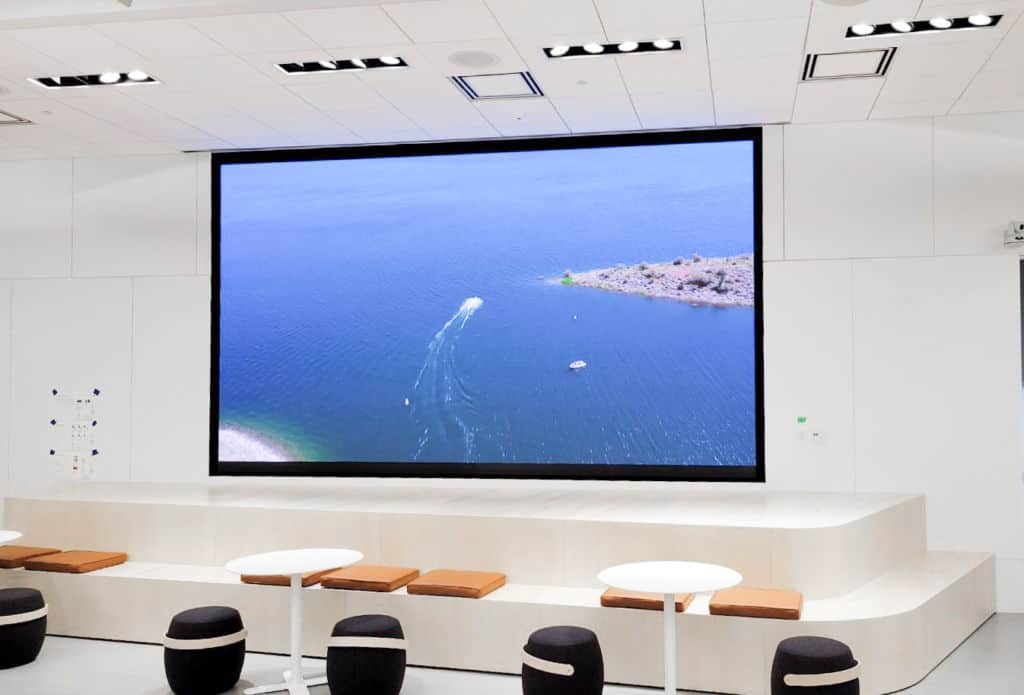Exploring How Definition Influences the Performance and Visual Caliber of LED Screens in Contemporary Display Techniques
Exploring How Definition Influences the Performance and Visual Caliber of LED Screens in Contemporary Display Techniques
Blog Article
Light Emitting Diode walls are growing increasingly common in various environments, from musical events and sports events to corporate presentations and art exhibits. One of the key important elements that affect the performance and visual clarity of these screens is resolution. Image resolution refers to the number of picture elements that compose the image on the screen. Higher resolution means additional picture elements, which can lead to sharper and clear visuals. Grasping how resolution affects LED walls can assist operators make informed choices about their screen needs.
When discussing resolution, it is crucial to consider pixel spacing, which is the gap between the midpoint of one picture element to the midpoint of the next picture element. A reduced pixel pitch yields a higher resolution, allowing for more detail in the images displayed. For example, an LED wall with a pixel pitch of 1.5mm will provide a clearer image than one with a picture spacing of 3mm. This is especially crucial in settings where audiences are close to the display, such as in a small venue or a exhibition event booth. In these cases, a greater image clarity can greatly improve the viewing quality.
Another aspect of resolution is its impact on color precision and brightness. LED screens with higher resolutions often have better color reproduction, meaning that the colors displayed are more vibrant and realistic. This is crucial for uses like advertising, where the More Info goal is to capture interest and communicate a message effectively. Additionally, greater resolution displays can preserve luminosity levels even when seen from different angles. This is important in large locations where viewers may be seated at various distances and positions from the display.
The functionality of LED walls is also influenced by resolution in terms of refresh rates and response times. A higher resolution display can handle faster update frequencies, which is crucial for fast-moving material such as films and motion graphics. This indicates that the visuals on the display will look more fluid and increasingly seamless, improving the overall observing quality. In comparison, reduced image clarity displays may struggle with fast-moving content, leading to blurriness or lag. Therefore, for events that depend on high-energy images, selecting a screen with a appropriate image clarity is vital.
In summary, resolution plays a crucial role in defining the functionality and visual clarity of LED screens. Factors such as picture pitch, color accuracy, brightness, refresh rates, and response durations all affect how efficiently a display can convey data and capture audiences. As advancements continues to progress, understanding these factors will assist users select the right LED screen for their specific requirements, guaranteeing that they obtain the best possible outcomes in their presentations and events.